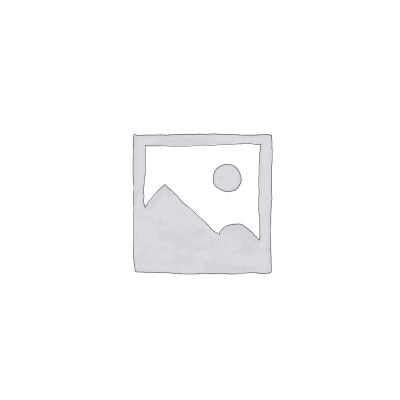
About Black Sumatras
The Black Sumatra is a rare and eye-catching breed that originally comes from the island of Sumatra in Indonesia. They were first introduced to Europe and North America in the mid-1800s and quickly stood out for their striking looks and unusual traits.
In their homeland, these birds developed naturally and were once kept for cockfighting. As they made their way to Europe and North America, however, people began to value them more for their beauty and uniqueness.
What makes them so distinctive is their appearance – long flowing tails, sleek bodies, and shimmering green-black feathers that glisten in the sun. Roosters are also known for carrying more than one spur, which adds to their unique character. While they aren’t prolific egg layers, the hens do produce a small number of neat white eggs. Today, the Black Sumatra is kept mostly as a heritage and show breed, admired for both its beauty and its fascinating history.


Physical Features
Black Sumatra chickens are instantly recognisable for their long, flowing tail feathers and glossy black plumage with an iridescent green sheen in the sunlight. Their bodies are slim and elegant, giving them a pheasant-like appearance compared to most domestic chickens. Roosters often develop multiple spurs on each leg, which is unusual and adds to the breed’s distinctive look.
They have a small pea comb and dark faces, with horn-coloured beaks and dark legs that match their overall sleek appearance. Their feathers are close-fitting, and the tail feathers of the males can grow especially long, trailing behind them in a dramatic display.
Temperament and Behaviour
The Black Sumatra is an active, alert, and independent breed. They are strong flyers and much more agile than many other chicken breeds, often preferring to roost in trees if given the opportunity. This makes secure fencing or covered runs an important consideration if you’re looking to add these to your flock.
They are hardy birds and do best when allowed to free-range, as they are excellent foragers with a strong natural instinct. While they are not typically kept as backyard pets due to their spirited and somewhat aloof nature, they are admired for their beauty, heritage value, and the enjoyment they bring to poultry enthusiasts who appreciate more unusual breeds.

Fertile Eggs & Hatching Appenzeller Spitzhaubens
Black Sumatra hens are light layers compared to most domestic breeds. They typically produce small white eggs and average only around 100 eggs per year. Their laying is seasonal, with fewer eggs in the colder months, and they are not considered a utility breed for egg production. We have found however that ours continued to lay relatively well in winter compared to some of our other breeds.
Because of their rarity and lower egg production, fertile Black Sumatra eggs are more expensive than those of common chicken breeds. We package and send fertile eggs with care, but as with all poultry breeds, safe arrival and hatchability cannot be guaranteed once they leave our farm.

Incubation Settings
For incubating Black Sumatra eggs, no special adjustments are usually required compared to other chicken breeds.
At Tarcombe Farm, we set our incubators at 37.7°C with 40–45% humidity for the first 18 days. Once lockdown begins, we lower the temperature slightly to 37.5°C and raise the humidity to around 50–60%. With these settings, we have achieved consistently strong hatch rates of around 95%.

Buying our Birds
At Tarcombe Farm, we primarily offer fertile eggs and young breeding sets of Black Sumatra chickens in quads or trios, making them ideal for anyone looking to start or strengthen their own breeding program. Each set is carefully selected to include one rooster and two or three hens from different pens, helping to maintain diversity and healthy bloodlines.
For those in suburban areas where roosters aren’t permitted, we occasionally have pullet-only sets available, depending on numbers. These are a great way to add Black Sumatras to your flock just as they are reaching point of lay.
We also provide freshly hatched, unsexed chicks during the breeding season. Please note that we are not able to take back roosters, so it’s important to plan ahead for rehoming any unwanted males. Thanks to their rarity and unique appearance, roosters are often in demand among poultry enthusiasts and usually quite easy to rehome.

